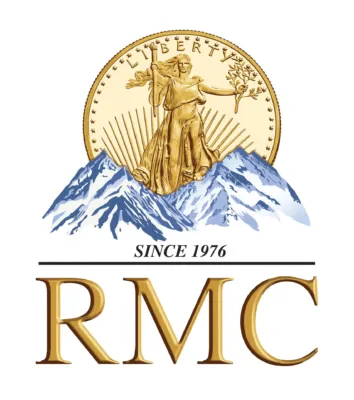As the largest rare coin and precious metals dealer in Colorado, we’ve been asked a lot of questions. Here we’ve compiled the most frequently asked questions (and answers) as a resource to you.
Buying and Selling
If we come to an agreement on price, you will need a valid government-issued ID such as a driver’s license or passport to fill-out a Declaration of Ownership form, which is used to identify you if the item you are selling turns out to have been stolen property.
Once the form has been completed, we will present you with cash or a check, depending on the amount.
Coin Collecting
Currency Collecting
United States Notes
Also called “Legal Tender”, these were issued in denominations from $1 to $10,000 in both large and small sizes. Authorized for issue from 1862 until 1969.
Battleship Note
This is a nickname for a series 1918 $2 Federal Reserve Bank Note with an image of a battleship printed on the reverse side of the note.
Bison Note
This is a nickname for a series 1901 $10 note with an image of a Bison depicted on its reverse.
Coin Note
Also called Treasury Notes, these are redeemable for gold or silver coins and were issued from 1890 to 1891 in $1 to $1000 denominations.
Porthole Note
This is a nickname for a series 1923 $5 silver certificate, which has a portrait of Abraham Lincoln surrounded by a bold frame which resembles a ship’s porthole.
Star Note
These highly collectible notes were printed to replace money if it was misprinted. They are simple to spot, as a star note will have a serial number that either begins or ends with a star symbol.
Radar Note
Also known as Mirror notes, these are notes in which the serial number can be read the same either forward or backward, such as 01233210.
Repeater Note
Notes in which the serial numbers repeat, i.e. 12341234.
Depending on the series of production and condition of the note, some silver certificates are collectible and can be worth more than their face-value.
Depending on series, denomination and condition, some military payment certificates can be valuable. Typically higher denominations oldiers as payment to be used on base in exchange for goods. The military discontinued the issue of MPC in 1973. Typically higher denominations of MPC in uncirculated condition are in the highest demand among collectors.
